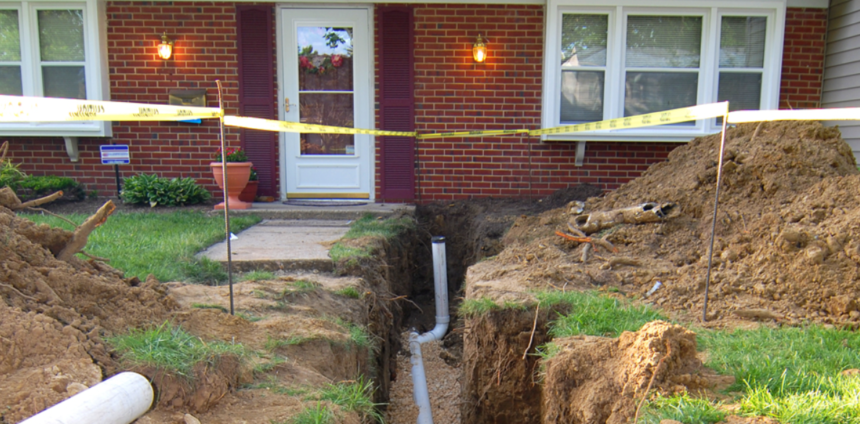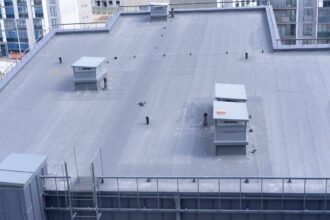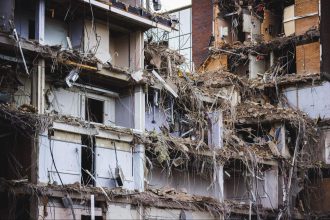Drain backup crises can cause significant disruptions and damage to homes and businesses. These issues typically arise from blockages caused by debris, grease buildup, or invasive tree roots. When drains are obstructed, wastewater can return to sinks, toilets, and showers, leading to unpleasant odors, unsanitary conditions, and potential water damage. Understanding the common causes and early warning signs of drain backups can help prevent these situations from escalating.
When faced with a severe drain backup, prompt action is crucial. Emergency drain clearing services provide a rapid response to resolve blockages and restore proper drainage. These experts utilize cutting-edge tools and methods to promptly pinpoint and eradicate the root cause of the issue, reducing harm and disruption. By relying on emergency drain clearing services, you can swiftly and efficiently restore your plumbing system to optimal function.
Grease Buildup in Pipes
One of the most frequent culprits of drain backups is grease buildup. When you pour grease down the sink, it can harden and stick to the pipes, gradually narrowing the pathway and eventually leading to a clog. This issue tends to creep up slowly, giving homeowners a false sense of security until it’s too late. Over time, even small amounts of grease can accumulate to form a substantial blockage. Dish soaps that advertise the ability to cut through grease can sometimes only delay the problem rather than eliminate it. It’s always best to avoid pouring grease down the drain entirely.
Tree Root Intrusion
Tree roots have a natural inclination towards water sources. If even a tiny crack in your sewer pipes allows roots to find their way in and gradually cause a significant blockage, plumbing industry studies show. This is especially common in older homes with aging plumbing systems. The roots can grow exponentially, creating a tangled mass obstructing sewer flow. Homeowners might only realize they have this issue once it’s too late. Proactive measures like regular inspections and using root barriers can help prevent such intrusions.
Flushing Non-Flushable Items
Despite warnings, many still flush items like baby wipes, sanitary products, and dental floss down the toilet. These materials don’t break down like toilet paper, leading to blockages that can cause serious backups. These items are among the most common causes that plumbers find when dealing with emergency drain issues. Educational campaigns frequently stress the importance of only flushing urine, feces, and toilet paper – the three P’s rule. Failing to heed this guidance can lead to expensive plumbing fixes and environmental damage.
When blockages do occur, homeowners often attempt DIY methods to clear their drains, but these solutions can be temporary or even cause further damage. In these cases, it’s best to rely on professional drain cleaning services to ensure the problem is addressed thoroughly and safely. Professionals have the right tools and expertise to remove stubborn clogs without harming your plumbing system, preventing costly repairs down the line.
Collapsed or Broken Pipes
Over time, pipes can deteriorate and collapse or break, causing obstructions that disrupt the water flow. This is particularly common in areas with shifting soil or frequent underground construction. A study found that aging infrastructure is a significant cause of such problems, emphasizing the need for regular inspections and timely repairs. Although there have been improvements in pipe materials and technologies, it is crucial to continue regular maintenance and inspections to catch potential damage early.
Heavy Rain and Flooding
During heavy rain, municipal sewer systems can become overwhelmed, causing backups into residential homes. In areas prone to flooding, this can be a recurring issue that necessitates regular maintenance and vigilance. Cities with older infrastructure are particularly prone to this problem, highlighting the need for community-level solutions. Enhanced drainage designs, flood management systems, and community education can significantly reduce the dangers linked to heavy rainfall. Homeowners should also consider solutions like sump pumps and backflow valves to protect their properties.
Sewer Line Issues
A problem in the main sewer line itself can cause a significant backup in your home. This can be due to aging infrastructure, blockages from tree roots, or other obstructions in the municipal sewer system. Homeowners often overlook this potential issue, leading to delayed interventions and more extensive damage. Regularly scheduled sewer line inspections and prompt repairs are crucial. Collaboration between homeowners and municipal services can ensure that private and public sewer lines are maintained effectively.
Preventative Measures
Knowing the common causes of drain backups can help you take preventative measures. Regular maintenance, such as periodic drain cleaning services, can go a long way in preventing these emergencies. Furthermore, staying aware of what you put down your drains and taking care of minor problems early on can prevent more significant issues and make your life easier. Simple practices like using drain strainers, avoiding chemical drain cleaners, and planting trees away from sewer lines can all contribute to a healthier plumbing system.














